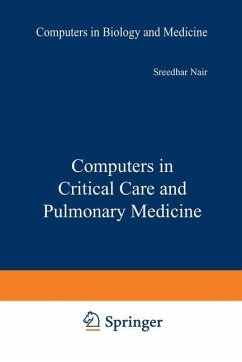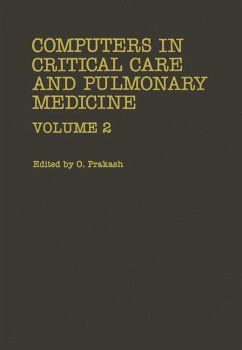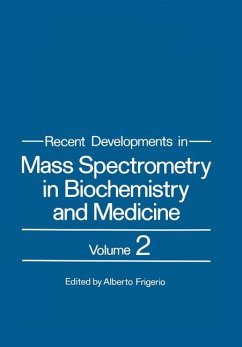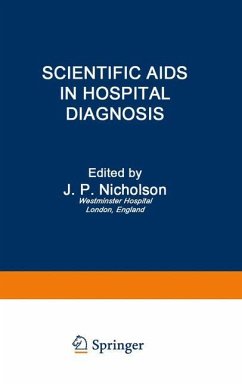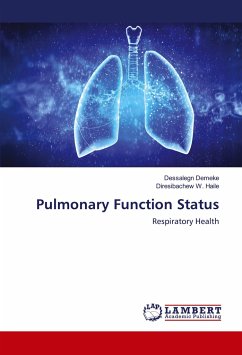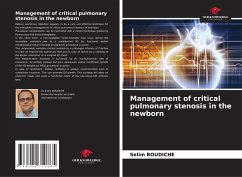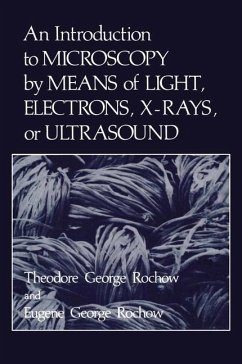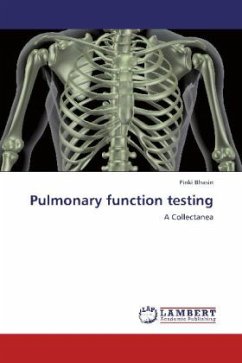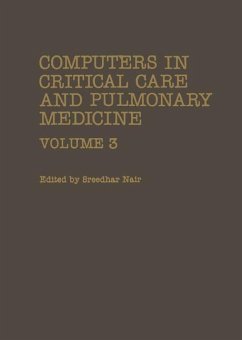
Computers in Critical Care and Pulmonary Medicine
Volume 3
Herausgegeben: Nair, Sreedhar

PAYBACK Punkte
20 °P sammeln!
The third international symposium on Critical Care and Pulmonary Medicine was held in Norwalk Hospital, Yale University School of Medicine in June 1981. This publication contains the majority of papers that were presented at the three day conference. The book deals with the use of computers in: (1) monitoring (2) pulmonary laboratory (3) anesthesia (4) database management. Extraordinary progress in the use of computers in critical care medicine and pulmonary function testing is evident in the presen tations. I would like to thank the members of the Steering Committee and the International Advi...
The third international symposium on Critical Care and Pulmonary Medicine was held in Norwalk Hospital, Yale University School of Medicine in June 1981. This publication contains the majority of papers that were presented at the three day conference. The book deals with the use of computers in: (1) monitoring (2) pulmonary laboratory (3) anesthesia (4) database management. Extraordinary progress in the use of computers in critical care medicine and pulmonary function testing is evident in the presen tations. I would like to thank the members of the Steering Committee and the International Advisory Committee for their efforts in bring ing together many leaders in the field, and enriching the symposium with their own contributions. My special thanks to Mr. Norman Brady, President of the Norwalk Hospital, for his generous hospitality and his untiring assistance during the three days of the symposium. I would also like to thank Martin H. Floch, M.D., Chairman of the Department of Medicine, Norwalk Hospital, for his advice and support. I sincerely appreciate the cooperation and help from the members of the Section of Pulmonary Medicine and Medical Computer Science of the Norwalk Hospital. Finally I would like to thank Ms. Nancy Smith for the excellent work in the preparation of the manuscripts, and the staff of the Plenum Press for their help in publishing this volume.





